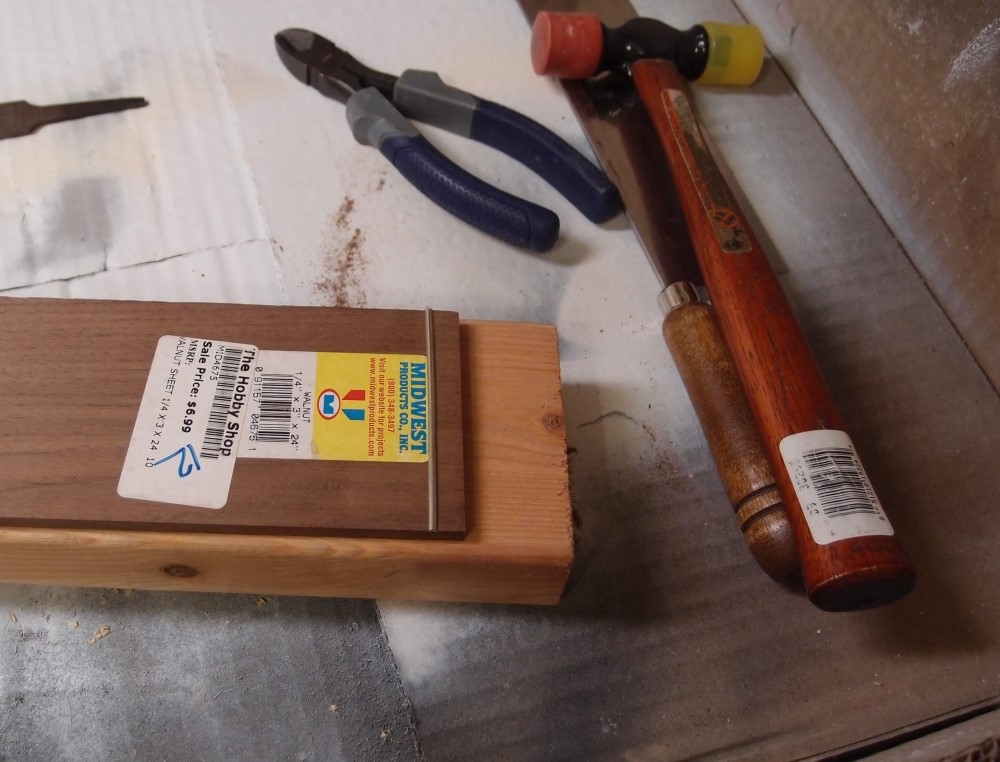December 22, 2019
Jettison JetPack
December 22, 2019

I've always had a distrust of WordPress 'plugins', and tried to keep them to a minimum, especially when I had a lot of sites to administrate. But on this site, I decided to try something different, and threw in any plugin that looked interesting.
In time, I started seeing some real slowdowns in performance. So ( being an engineer ) I added some instrumentation to my code, measuring server run times, server memory usage, and the resulting file size. Then I started selectively disabling plugins until I found the one that was doing the damage. It turns out to be JetPack.
JetPack is heavily promoted by WordPress itself as a do-all wonder plugin. What it really does is slow your site down, a lot. Page loads took anywhere from several seconds to eternity - pages actually failed to load. My instrumentation shows no big change in any parameters, but somehow JetPack is killing my website. So I got rid of it, and now everything is as snappy as WordPress gets, which is still not very.
My other big suspicion was Gargle's Site Kit plugin, but that seems to have little impact, and generates some useful statistics, and also some idiotic ones. I'm going to scrutinize the rest of my plugin herd, and get rid of any that I can. I've already built a great deal of needed functionality into the theme, while at the same time paring it down tremendously.
Plugins that only run in the admin screen typically do not affect page speeds. JetPack is a monster, half the size of WordPress itself, and runs everywhere all the time. Get rid of it.

